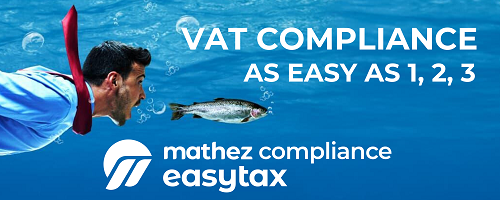China’s proposed VAT reforms, open for public comment until September 10, 2025, introduce significant changes to the crediting of input VAT. The new rules restrict credits for large assets over RMB 5 million, disallow input VAT on loan-related costs, and make input VAT on non-taxable activities non-creditable. These changes require companies, especially those with large assets and cross-border operations, to implement new tracking and reconciliation systems. Additionally, the introduction of a General Anti-Avoidance Rule (GAAR) gives tax authorities broader power to challenge transactions. Overall, the reforms aim to tighten VAT credits, impose new reporting obligations, and align China’s tax system with international standards.
Source: fiscal-requirements.com
Note that this post was (partially) written with the help of AI. It is always useful to review the original source material, and where needed to obtain (local) advice from a specialist.
Latest Posts in "China"
- China Announces New VAT Refund Policy Effective September 2025 for Eligible Taxpayers
- China Releases Draft VAT Implementation Regulations for Public Consultation Ahead of 2026 Law Launch
- China Announces VAT Refunds for Excess Input Tax Credits Starting September 2025
- China Opens Consultation on Draft VAT Regulations to Clarify Taxation Scope and Rules
- China’s Finance Ministry Seeks Public Input on New VAT Law Draft Regulations Effective 2026














